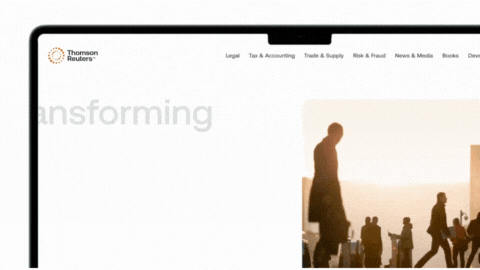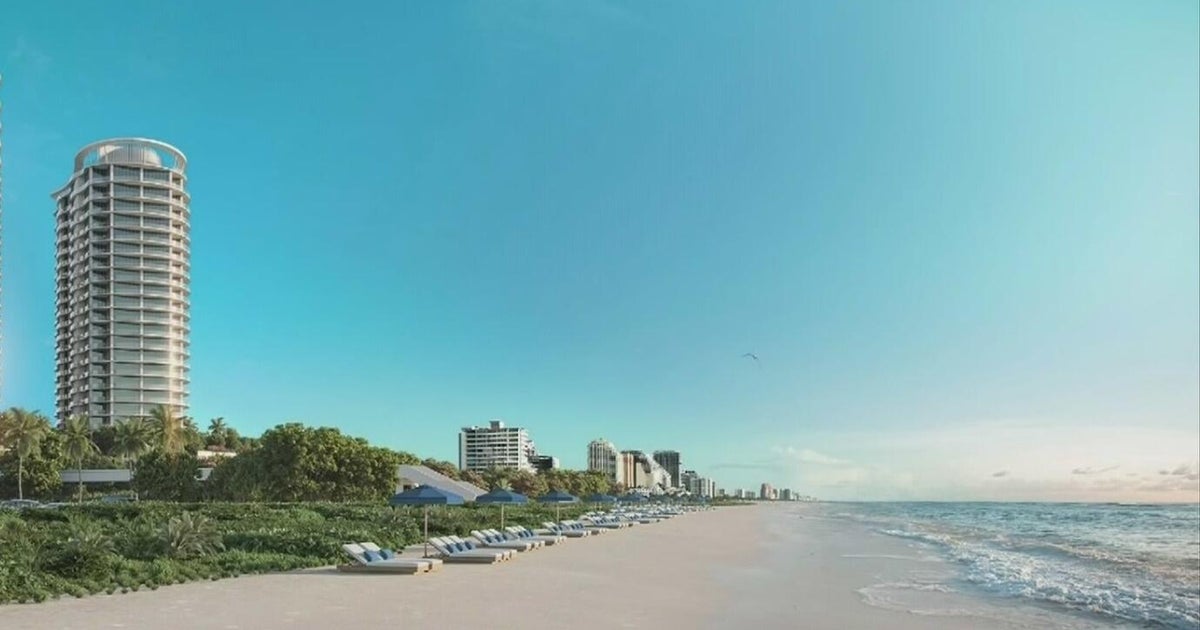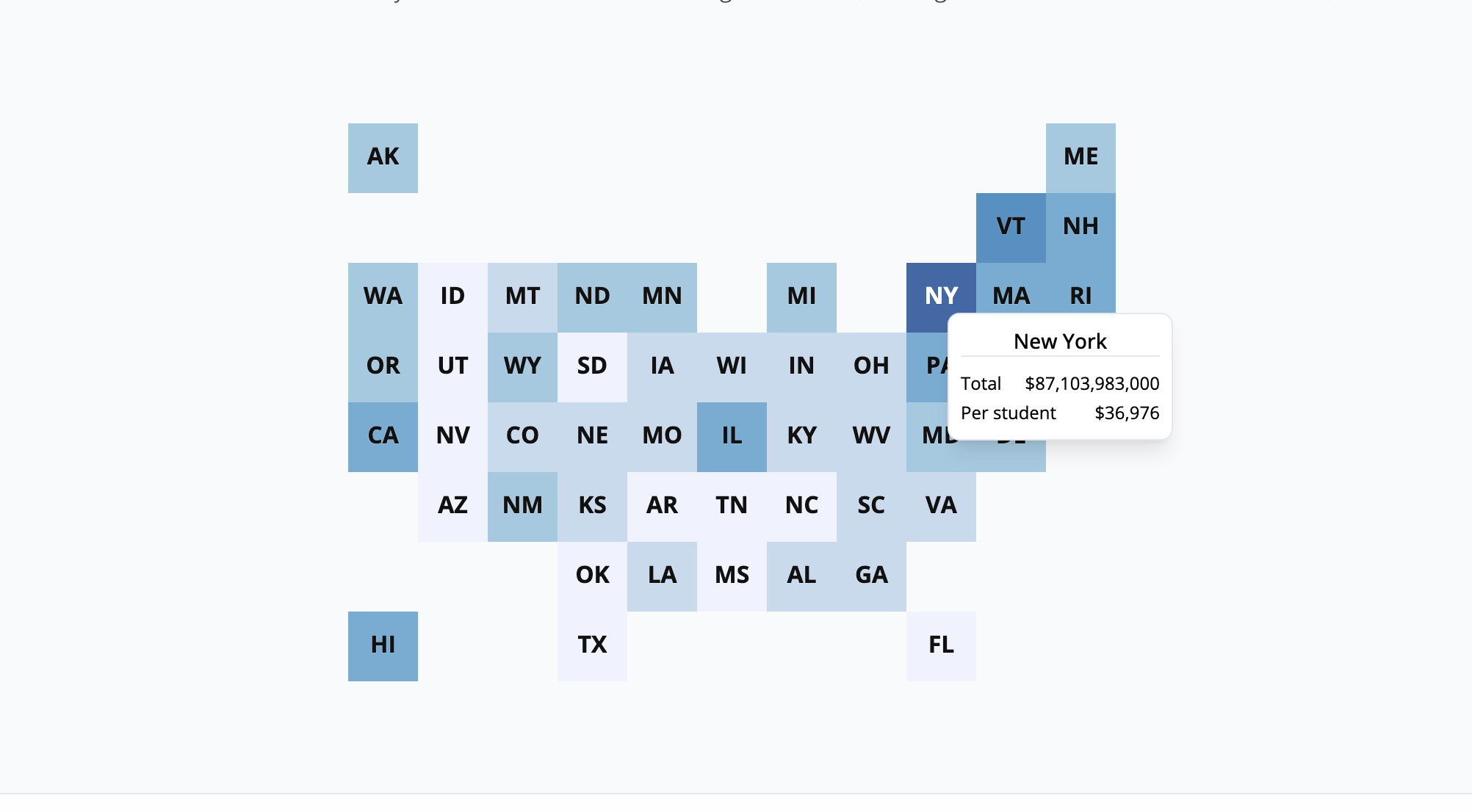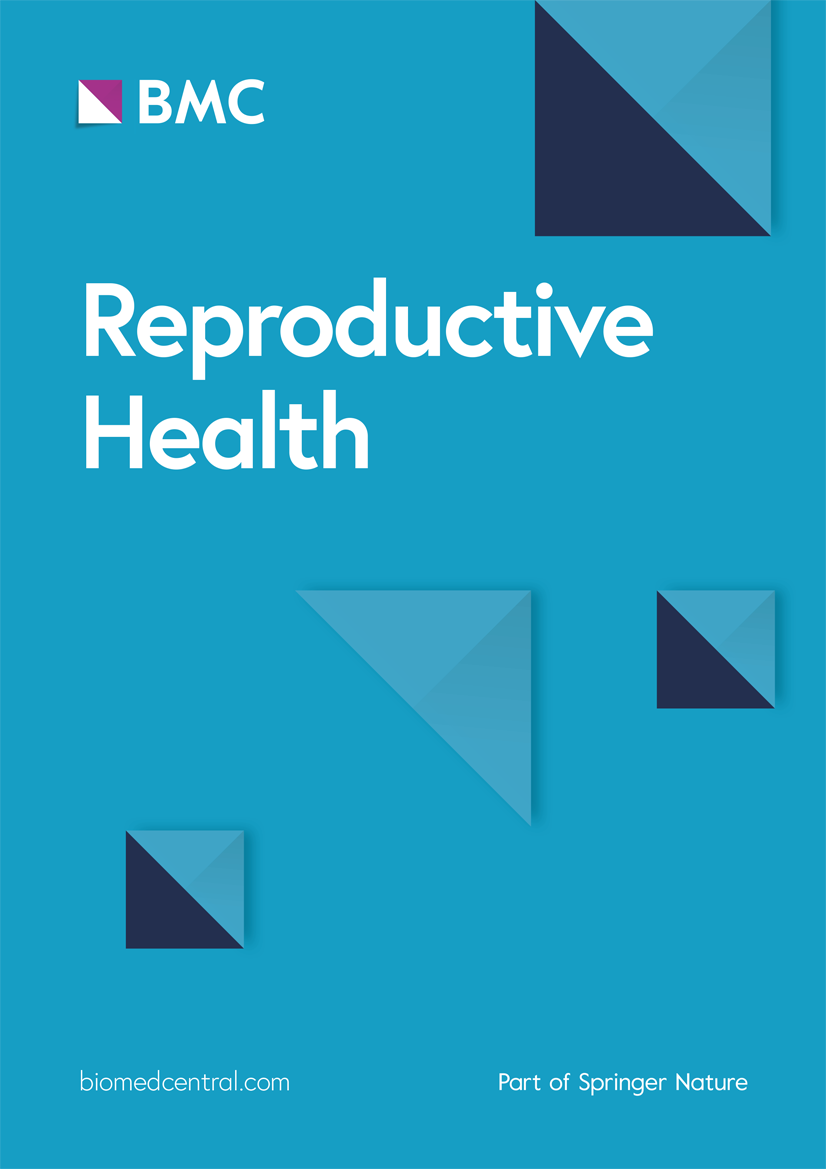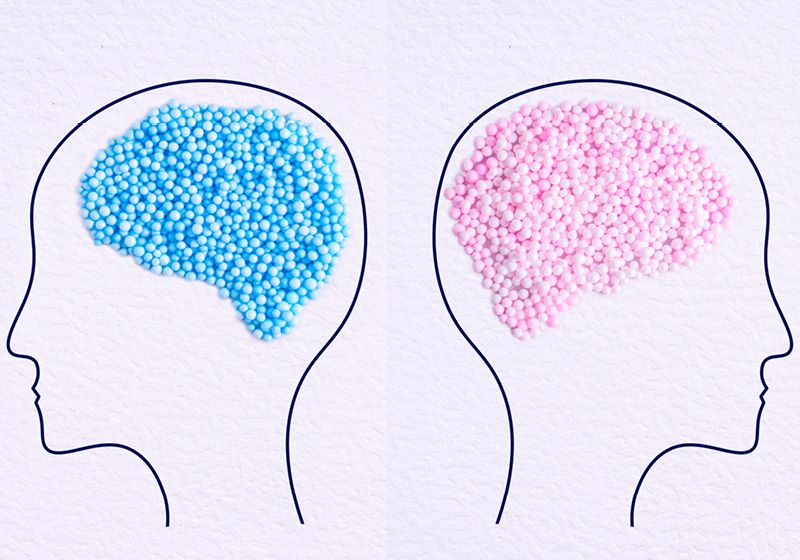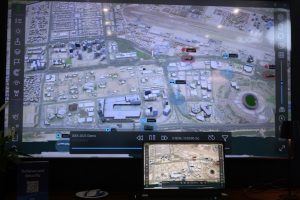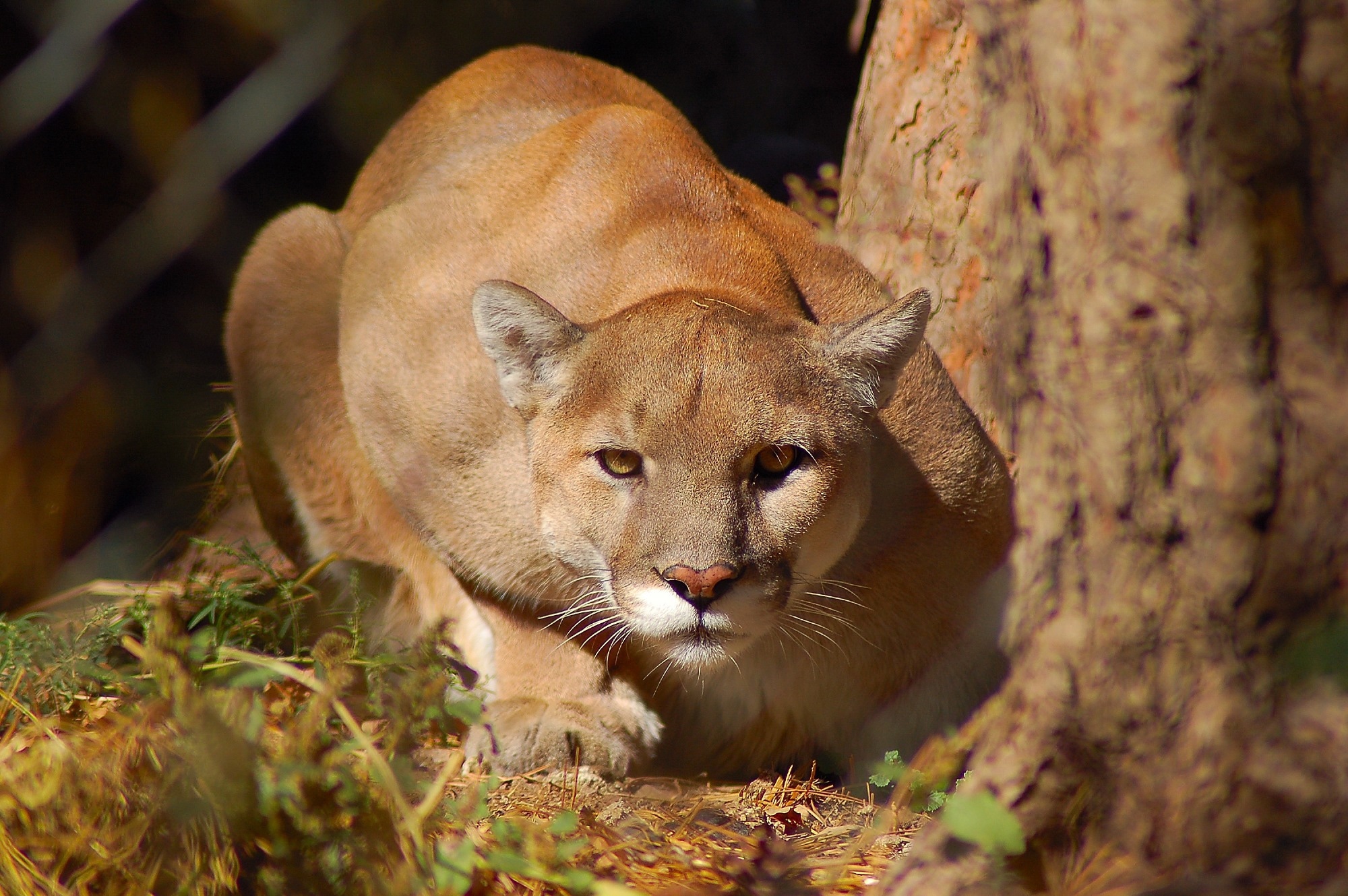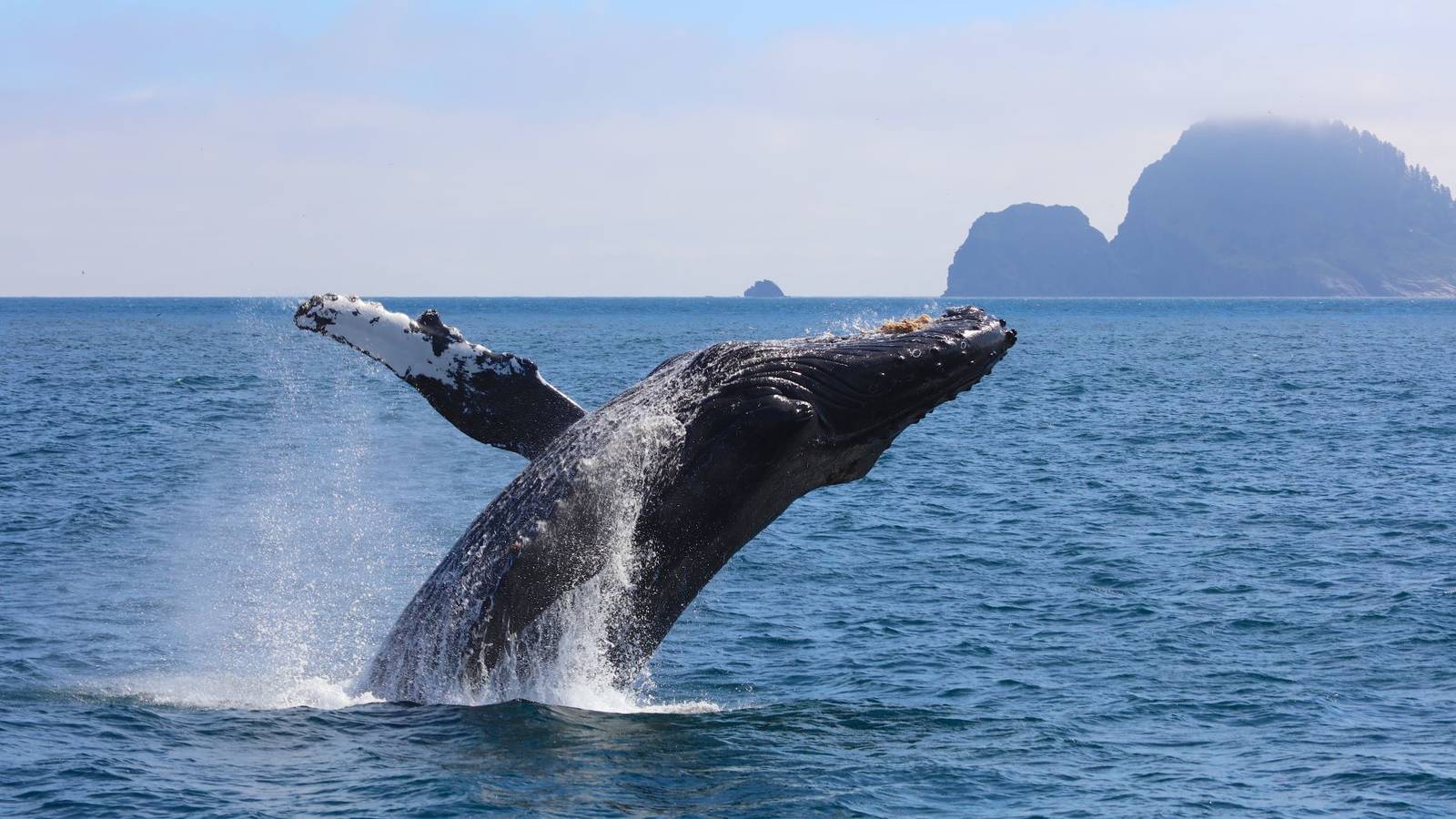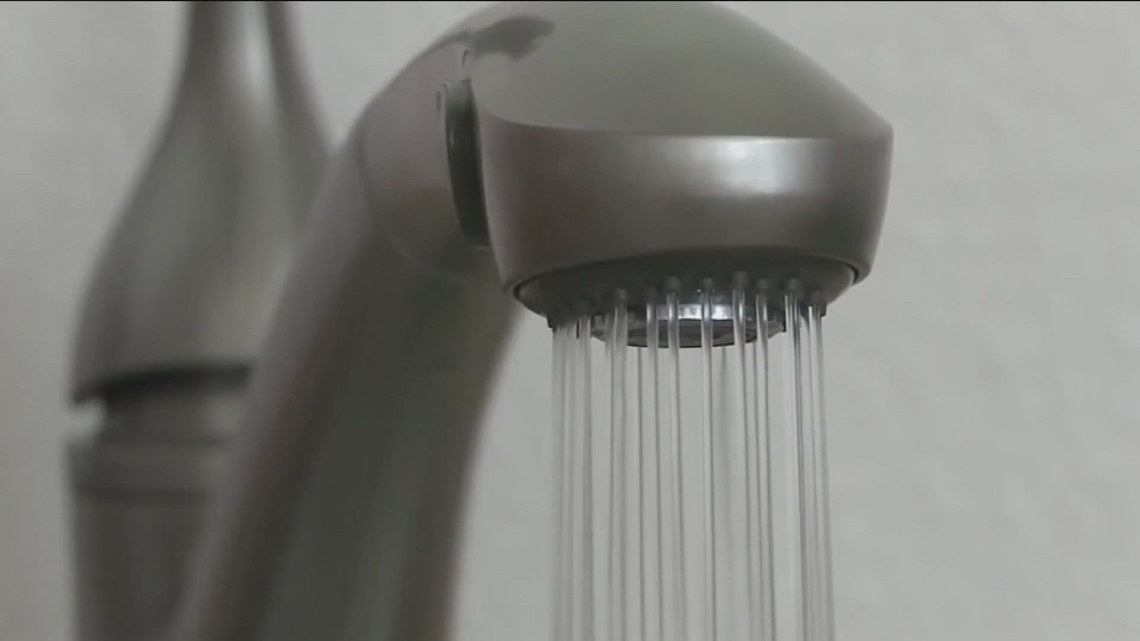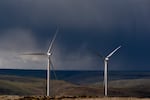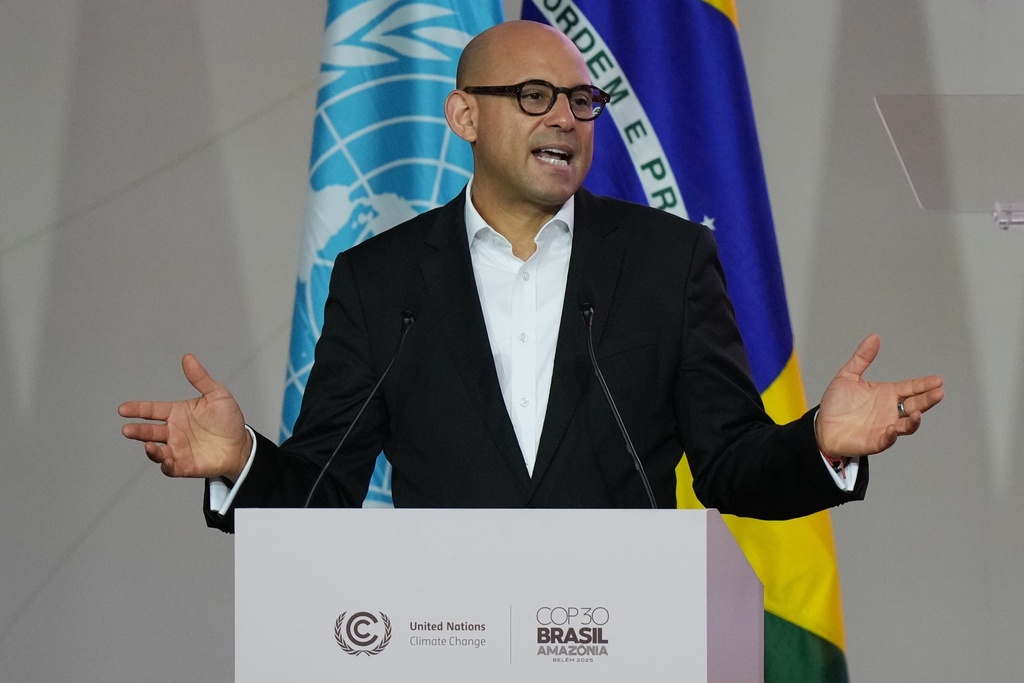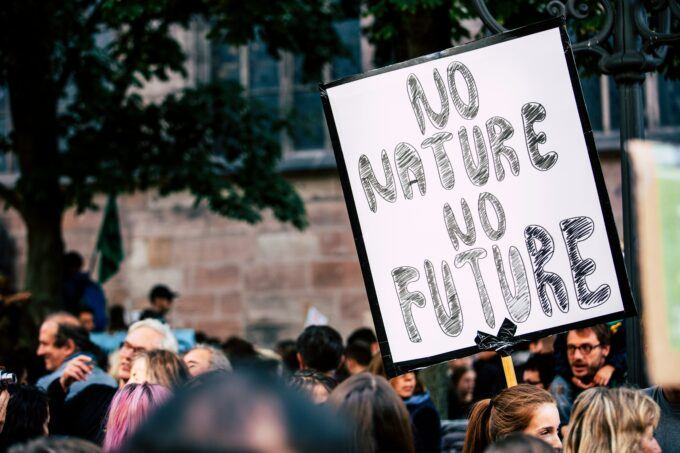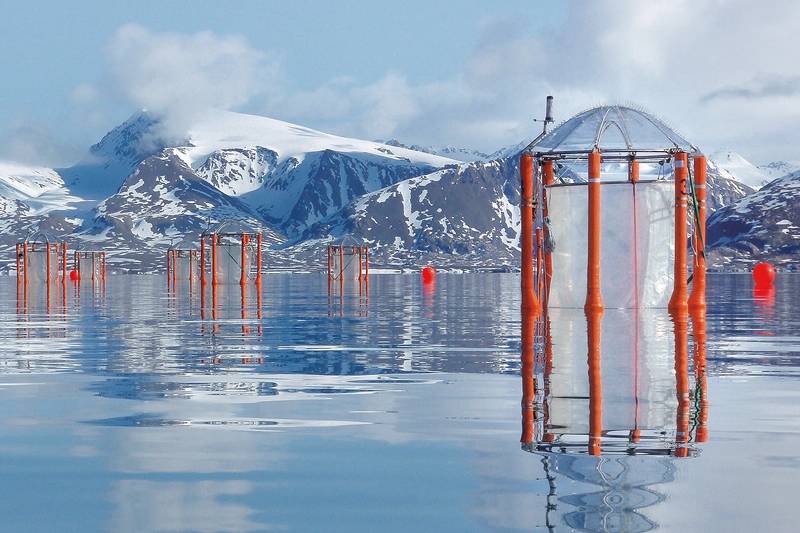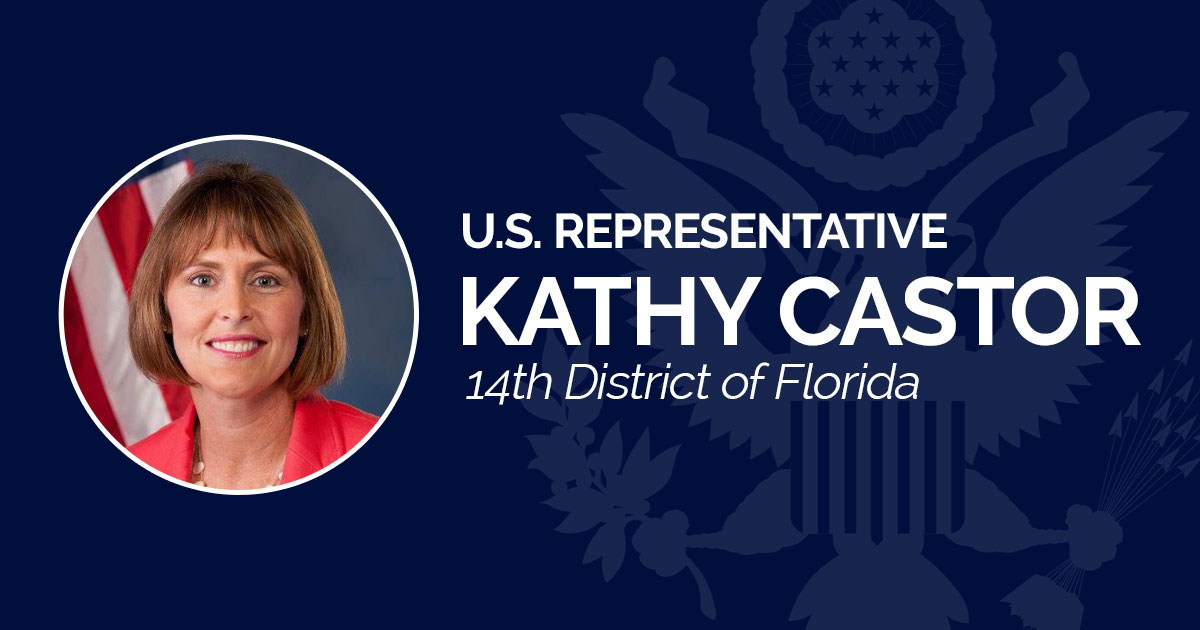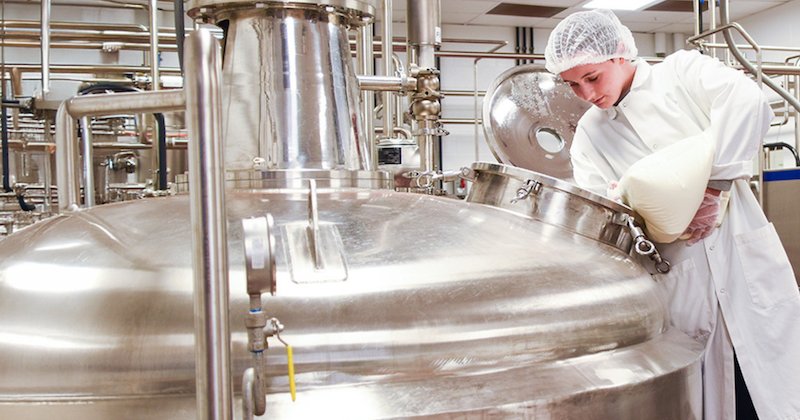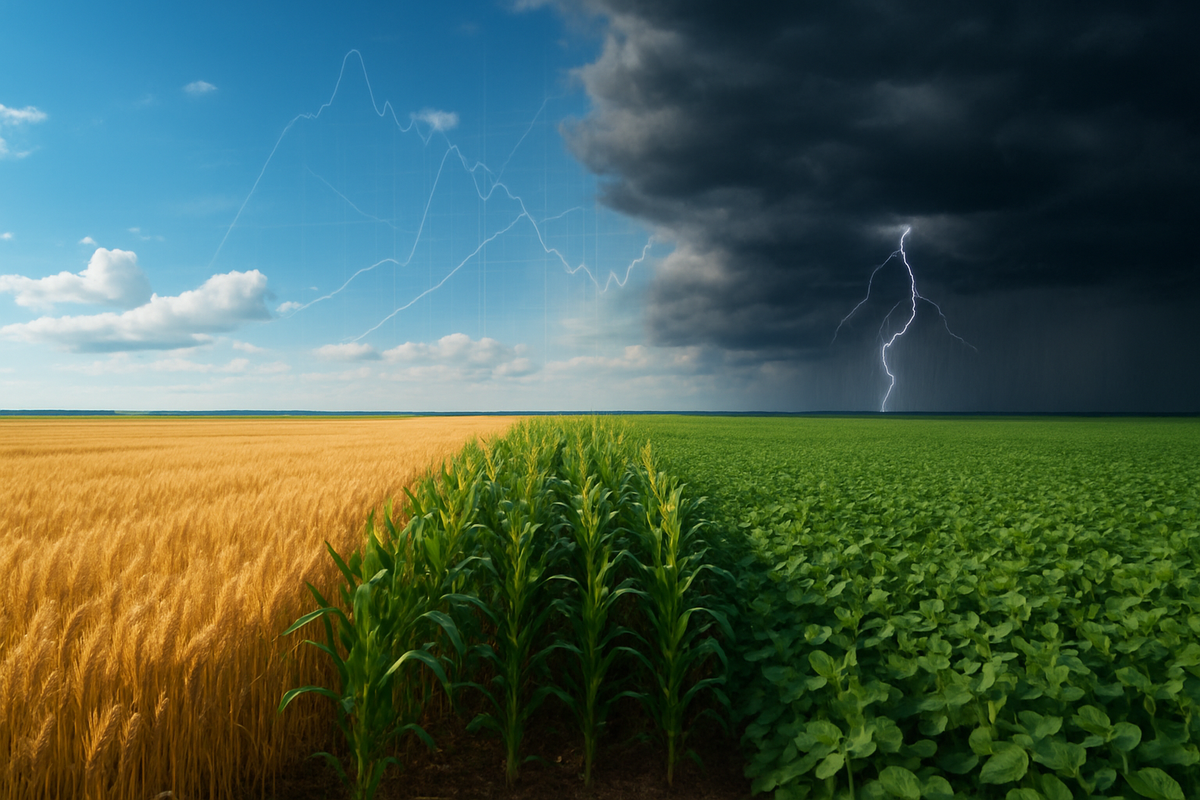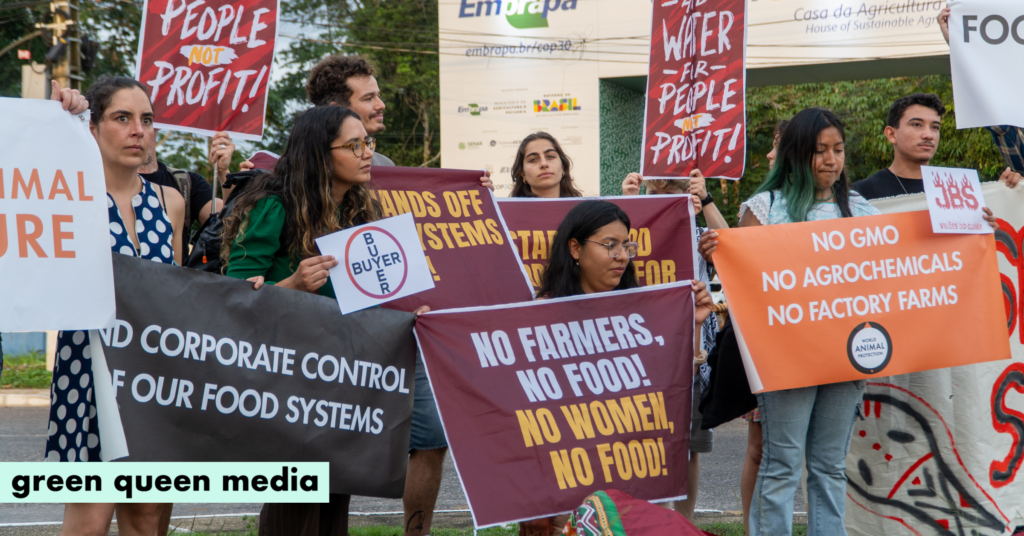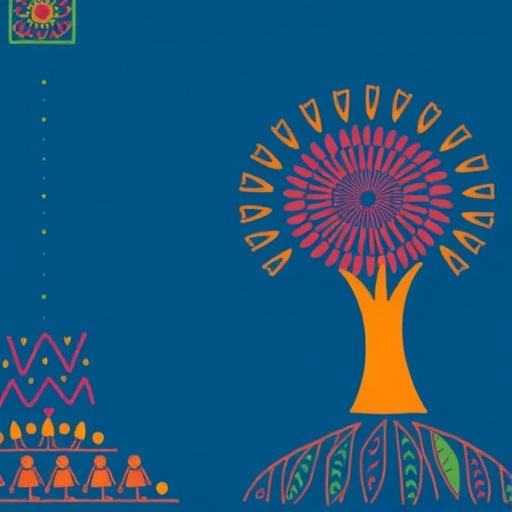Ocala Wetland Recharge Park aids freshwater conservation – Spectrum News 13

Report on the Ocala Wetland Recharge Park’s Contribution to Sustainable Development Goals
Executive Summary
The Ocala Wetland Recharge Park, operational since 2020, serves as a critical infrastructure project advancing multiple United Nations Sustainable Development Goals (SDGs). By treating wastewater, recharging the Upper Floridian Aquifer, and managing stormwater, the park directly contributes to goals concerning clean water, sustainable communities, and ecosystem preservation. This report details the park’s operational success and its alignment with key SDG targets.
SDG 6: Clean Water and Sanitation
The park’s primary function is the sustainable management of water resources, directly addressing the targets of SDG 6. It provides a nature-based solution for improving water quality and increasing water availability.
- Water Treatment and Recharge: The facility has processed approximately five billion gallons of water since its inception, significantly recharging the Upper Floridian Aquifer.
- Wastewater Management: The park receives up to 5 million gallons of water daily from two local wastewater facilities.
- Natural Filtration Process:
- Wastewater is piped into three man-made wetland cells covering 30 acres.
- Aquatic plants, soil, and microorganisms naturally remove nutrients like nitrogen and phosphorus.
- The purified water percolates through the soil to replenish the aquifer, which is the source for Silver Springs and the Silver River.
SDG 11: Sustainable Cities and Communities
The Ocala Wetland Recharge Park enhances urban resilience and sustainability, a core objective of SDG 11. It functions as a vital piece of green infrastructure that mitigates environmental risks for the community.
- Flood Prevention: The system effectively manages stormwater runoff, reducing the risk of flooding in surrounding urban areas.
- Pollutant Removal: It filters pollutants and chemicals from stormwater, protecting community water resources from contamination.
- Sustainable Infrastructure: As a constructed wetland, the park demonstrates an innovative approach to integrating natural processes into urban water management, making the city more resilient to the pressures of population growth and development.
SDG 14 & SDG 15: Life Below Water and Life on Land
The project provides significant benefits to local ecosystems, contributing to the conservation targets of SDG 14 and SDG 15.
- Protecting Aquatic Ecosystems (SDG 14): By removing excess nutrients before water enters the aquifer and connected river systems, the park helps prevent eutrophication and protects the water quality and biodiversity of Silver Springs and the Silver River.
- Restoring Terrestrial Ecosystems (SDG 15): The 60-acre park creates a man-made wetland habitat that mimics the hydroperiod of a natural wetland.
- Conservation Imperative: Project officials, including Water Resources Conservation Specialist Matthew Stanley, emphasize that while constructed wetlands are effective for nutrient removal, they do not replace the complexity of natural wetlands. This highlights the ongoing need to protect existing natural ecosystems from development to preserve biodiversity, water quality, and natural flood control, in line with SDG 15’s goal to halt biodiversity loss.
1. Which SDGs are addressed or connected to the issues highlighted in the article?
-
SDG 6: Clean Water and Sanitation
- The article’s primary focus is on the Ocala Wetland Recharge Park’s role in freshwater conservation, wastewater treatment, and recharging the Floridian aquifer. It directly addresses the goal of ensuring the availability and sustainable management of water and sanitation for all. The text states the park’s purpose is “to recharge the Floridian aquifer and to remove nutrients in the wastewater treatment process.”
-
SDG 11: Sustainable Cities and Communities
- The project is a municipal initiative by the city of Ocala to manage its water resources sustainably and enhance resilience against natural disasters. The article mentions that the constructed wetlands “help with stormwater management and flood prevention,” which contributes to making the city safer and more sustainable, especially as it continues to grow.
-
SDG 14: Life Below Water
- By treating wastewater and stormwater runoff, the park reduces land-based pollution entering aquatic ecosystems. The article notes that the park removes “nitrogen, phosphorus and other nutrients” and that the clean water goes into the “Florida aquifer, Silver Springs, and Silver River.” This action helps protect the quality of these water bodies and the wildlife within them from nutrient pollution.
-
SDG 15: Life on Land
- The article discusses the creation of man-made wetlands and emphasizes the importance of preserving natural ones. It states, “it’s important to preserve the natural ones, especially with more developments on the way in the county.” This highlights the goal of protecting, restoring, and promoting the sustainable use of terrestrial and inland freshwater ecosystems, specifically wetlands.
2. What specific targets under those SDGs can be identified based on the article’s content?
-
Target 6.3: Improve water quality by reducing pollution and increasing safe reuse
- The park’s core function is to improve water quality. The article explains that “plants, microorganisms and soil remove the nitrogen, phosphorus and other nutrients from the wastewater” and it also “removes pollutants and chemicals from stormwater runoff.” This directly aligns with reducing pollution and treating wastewater.
-
Target 6.5: Implement integrated water resources management
- The Ocala Wetland Recharge Park is a clear example of integrated water resources management. It combines wastewater treatment from two facilities, stormwater management, and aquifer recharge into a single, nature-based solution for the community, demonstrating a holistic approach to managing water resources.
-
Target 6.6: Protect and restore water-related ecosystems
- The project directly contributes to protecting and restoring the Floridian aquifer by recharging it with billions of gallons of clean water. The article states the park is “contributing to the protection and restoration of our community’s most valued treasures,” which include the aquifer, Silver Springs, and Silver River.
-
Target 11.5: Reduce the impact of disasters
- The article explicitly mentions that the park’s functions include “stormwater management and flood prevention,” which helps mitigate the impact of water-related disasters on the surrounding community, making the city more resilient.
-
Target 14.1: Reduce marine pollution from land-based activities
- The park’s process of removing “nitrogen, phosphorus and other nutrients” from wastewater and stormwater before it enters the aquifer and river system is a direct action to reduce nutrient pollution originating from land-based activities, which ultimately protects downstream aquatic ecosystems.
-
Target 15.1: Conserve and restore terrestrial and inland freshwater ecosystems
- The project involves the creation of 30 acres of man-made wetlands. Furthermore, the article stresses the importance of preserving natural wetlands from development, stating that developing near them “can affect water quality, wildlife and flood control,” aligning with the goal of conserving these crucial ecosystems.
3. Are there any indicators mentioned or implied in the article that can be used to measure progress towards the identified targets?
-
Volume of wastewater safely treated and reused
- The article provides specific figures that can serve as indicators. It mentions the park has received “about five billion gallons of water” since 2020 and can process “5 million gallons” of the city’s daily water use, which is then used to recharge the aquifer and river.
-
Change in water quality
- While not providing specific measurements, the article implies a change in water quality by stating the park’s function is to “remove the nitrogen, phosphorus and other nutrients from the wastewater” and “pollutants and chemicals from stormwater runoff.” Measuring the concentration of these substances before and after treatment would be a direct indicator.
-
Area of water-related ecosystems protected/restored
- The article provides a direct quantitative indicator for this target by stating the park is “a 60-acre park, and 30 of those acres are composed of three man-made wetlands.” The 30 acres represent a direct measure of restored/created wetland ecosystems.
-
Reduction in flood-related damages
- The article implies an indicator by stating the park helps with “flood prevention in the surrounding areas.” Progress could be measured by tracking the frequency and severity of flooding incidents in the protected areas over time.
4. Table of SDGs, Targets, and Indicators
| SDGs | Targets | Indicators Identified in Article |
|---|---|---|
| SDG 6: Clean Water and Sanitation |
6.3: Improve water quality by reducing pollution.
6.5: Implement integrated water resources management. 6.6: Protect and restore water-related ecosystems. |
– Removal of nitrogen, phosphorus, pollutants, and chemicals from wastewater and stormwater. – Volume of treated water: “about five billion gallons” since 2020. – Daily processing capacity: “5 million gallons” per day. – Volume of water recharging the aquifer and the Silver River (“1 million” gallons). |
| SDG 11: Sustainable Cities and Communities | 11.5: Reduce the impact of disasters. | – Contribution to “stormwater management and flood prevention in the surrounding areas.” (Implied indicator: reduction in flooding incidents). |
| SDG 14: Life Below Water | 14.1: Reduce marine pollution from land-based activities. | – Removal of land-based nutrient pollution (nitrogen, phosphorus) before it enters the river system. |
| SDG 15: Life on Land | 15.1: Conserve and restore terrestrial and inland freshwater ecosystems. |
– Area of created wetlands: “30 of those acres are composed of three man-made wetlands.” – Emphasis on preserving existing natural wetlands from development. |
Source: mynews13.com

What is Your Reaction?
 Like
0
Like
0
 Dislike
0
Dislike
0
 Love
0
Love
0
 Funny
0
Funny
0
 Angry
0
Angry
0
 Sad
0
Sad
0
 Wow
0
Wow
0

